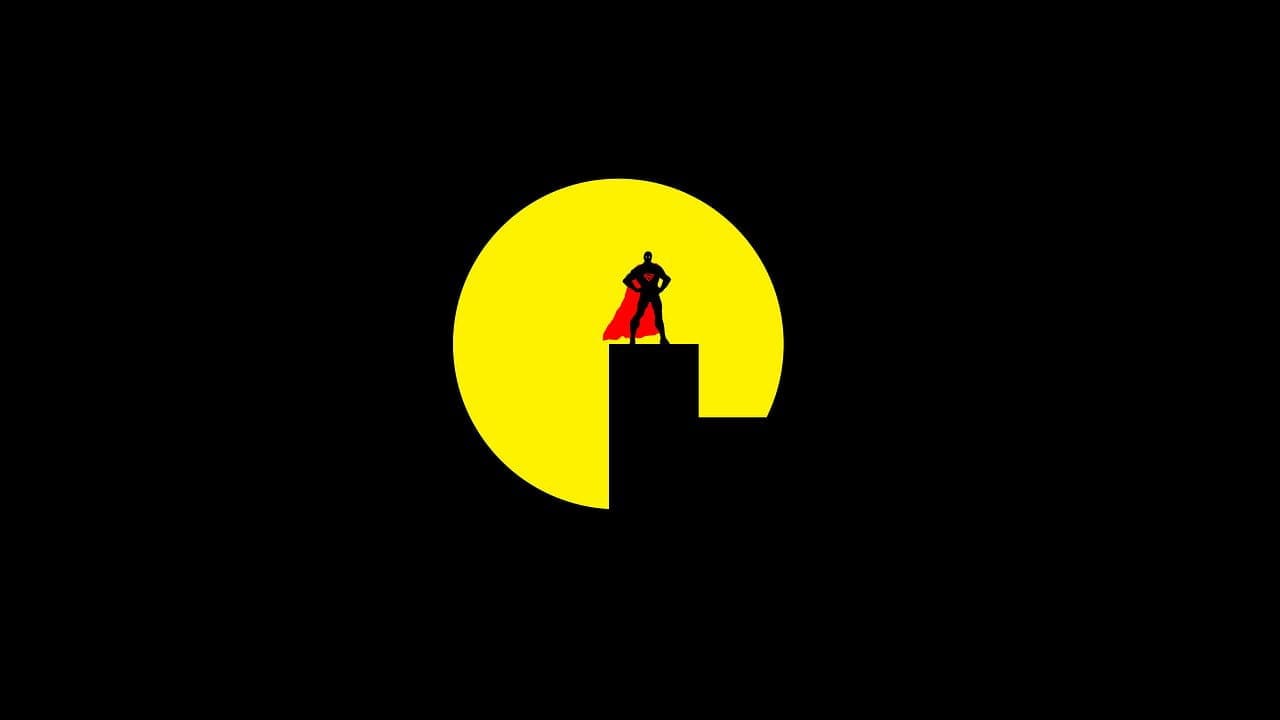What comes to mind when you think of Mcdonalds How about Apple? Guinness?
These brands have become global icons not only because of their products but because of their branding. Their brand has become what they’re known for and in many cases, branding has become synonymous with a type of lifestyle. Take Apple for example. The Apple brand has become synonymous with good design, California and a specific aesthetic that we see on the likes of Pinterest and Instagram.
A logo forms part of a Brand Identity. This is a package and guideline that business use to consistently communicate their brand and includes a breakdown of colours, typography, sizing, digital and print media examples, iconography and logo formats. In this blog, we’re going to break down the logo and what makes a strong logo design.
It Must Work In Black
A good logo design should always include a pure black and a pure white colour option for the logo. Aside from being a clean design option, this allows for the business to overcome some common communication errors. For example, if colour-printing is not available, then the black logo should be used in place of the colour (if a colour version is available) so as to not communicate a grey-scale logo.
Making a pure black logo also helps to train the eye and allows us to simplify the logo design. Is it still clear when it is all black? Does it still communicate what it needs to? If not, then simplify and try again.
Top tip: Never start a logo design in colour, always start designing with only black.
Think Small
As devices get smaller and the prominence of the profile photo and social media continues to rise, logos must work at a smaller scale. Ideally, the logo should work at multiple sizes without the design altering, however, you can also create a more dynamic logo design system that allows for elements to be removed to allow for size constraints. This can be easier said than done, however. It will take trial and error to know what elements to remove and which to keep in order to make the logo readable at a small scale but also continue to communicate the brand effectively.
Types of Logo
A logo is more than just an icon or a word. Today, brands expect a system of logo designs that work to suit whatever needs they have. There are a standard variety of 9 logo types. Let’s take a look at some of the types of logo design:
- Symbol – This is the “icon” style logo. The Apple logo is a symbol logo.
- Wordmark – This is a wording-style logo. The Coca-Cola logo is a great example
- Combination-logo – This is where both the symbol logo and wordmark are used together. Often placed on top of each other.
- Lettermark – The best choice for long brand names where the initials can be used instead. Such as H&M or NBC.
- Letterforms – A decorative letterform that is highly distinctive, such as the Unilever “U”.
- Mascot – Characters that are used by the brand, like the Michelin Man.
- Emblems – Badge-style logos are usually intricate, Starbucks and Stella Artois are good examples of this.
- Monogram – More stylistic lettering and often used by fashion brands. Think YSL and Chanel.
- Abstract – A type of symbol logo design that doesn’t resemble a real-world object. The Nike Swoosh is a good example of this.
Although not all of these will suit the brand, it is important to explore all of them and by the process of elimination, create a system that works.
Top tip: Don’t try and make every logo-style work for your brand. Choose around 3 and make them work effectively.
Logo design is only one aspect of a brand and more often than not is the most remembered aspect of a brand and has the power to create icons out of brands and businesses. Although this was only a small insight into logo design, using these tips will ensure that your brand is communicated effectively in any colour, any size and on any media.
Want to talk about your logo? Get in touch with us by calling 021 242 9494 or email support@iseek.ie.
